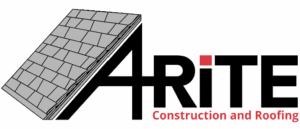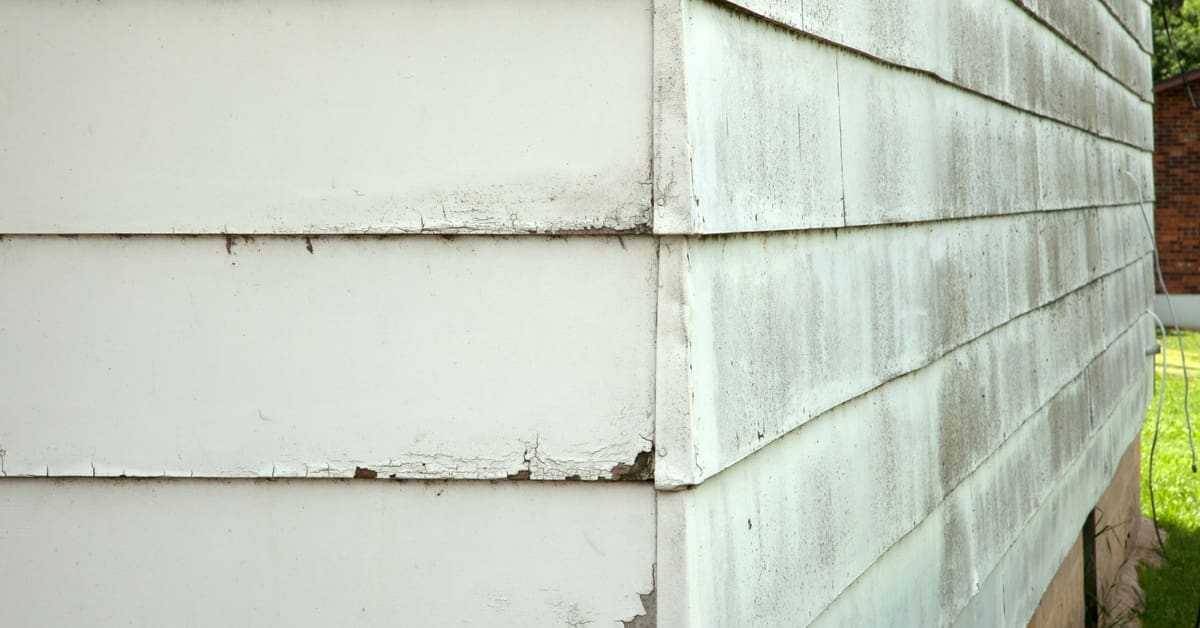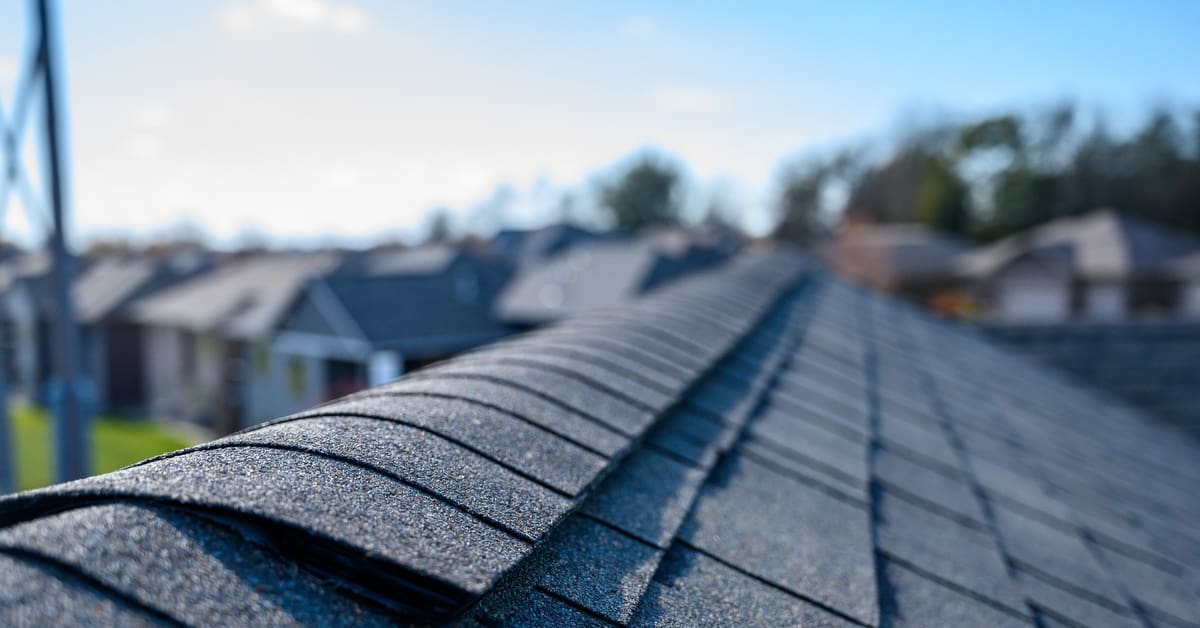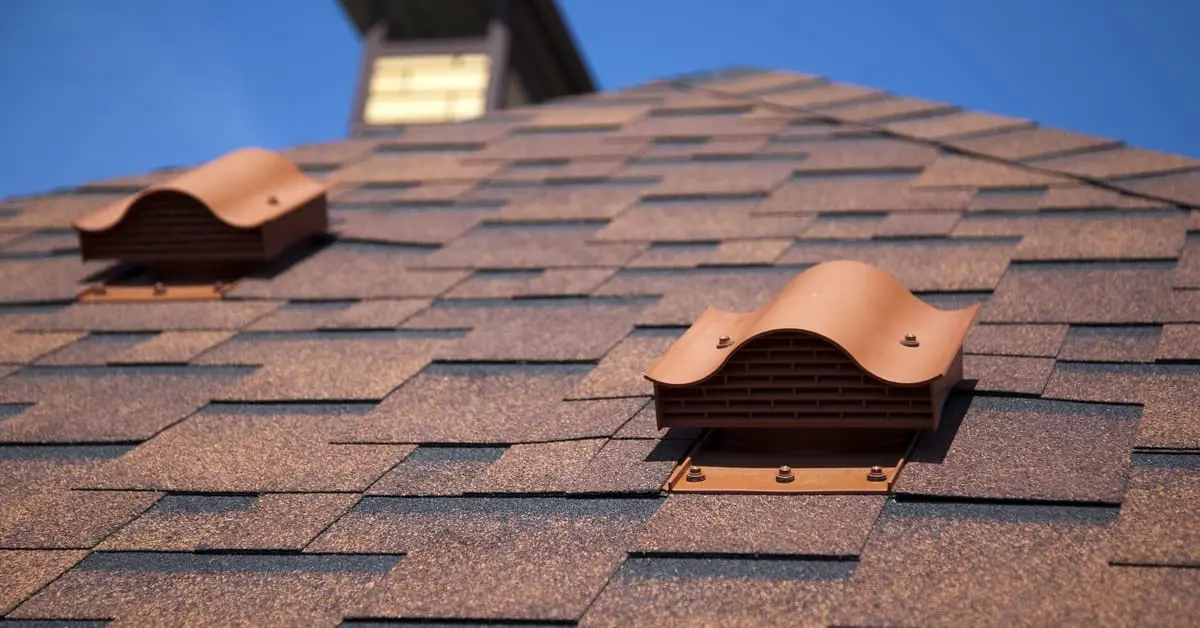Protecting your home requires meticulous attention to every detail. Siding plays a key role in safeguarding your home from water intrusion, which often leads to costly repairs. The right materials, proper installation, and ongoing maintenance are essential to preserving your home’s structure. Understanding the role of siding in protecting against moisture damage is vital, especially in climates like Wausau, WI.
The Science of Moisture Intrusion
Moisture damage is more than just a cosmetic concern; it threatens your home’s structure. Water seeping into the walls can lead to mold growth, wood rot, and weakened foundations. In Wisconsin, where heavy snowfall, rainstorms, and humid summers are common, a home’s exterior faces constant moisture exposure. As the seasons change, moisture can penetrate even the highest-quality materials if not properly maintained.
Water finds various pathways into your home’s structure. Rain and snow can seep through small gaps in improperly installed siding, causing slow but consistent damage. High humidity levels increase the risk of moisture penetration, especially in areas with porous materials. Strong winds during rainstorms can exacerbate the problem, pushing water into vulnerable seams and poorly sealed panels. Without a strong moisture barrier, homes—no matter how well-built—risk significant water damage, affecting resale value and livability.
Key Factors for Choosing Siding
Wisconsin homes require siding solutions specifically designed to withstand our region’s demanding climate conditions. When selecting siding, it’s important to consider moisture resistance, insulation properties, and durability. Superior siding protects against water damage, improves a home’s energy efficiency, and enhances architectural beauty.
Moisture resistance is critical when choosing siding. Materials that repel water, such as fiber cement and metal, prevent moisture from infiltrating the structure. Higher-quality siding materials withstand temperature extremes and resist wear and tear, minimizing the need for frequent repairs. Many siding options also offer additional insulation, helping to control indoor humidity levels and improve energy efficiency. A home’s siding should harmonize with its architectural character, preserving both its distinctive style and structural integrity for years to come.
Best Siding Materials

Choosing materials that offer style and functionality is a necessity. The right siding not only enhances your home’s curb appeal but also provides lasting protection against Wisconsin’s harsh elements. Below, we highlight four siding options that combine performance with moisture resistance.
1. Fiber Cement
Fiber cement siding is highly resistant to moisture and is known for its durability. It mimics the appearance of wood or stone while offering the added benefit of being fireproof. This low-maintenance material doesn’t warp or crack, ensuring long-term performance. It also resists termites, rot, and mold, making it an excellent choice for wet climates. With proper care, fiber cement can last for decades, providing protection and aesthetic appeal.
2. Engineered Wood
Combining the natural look of wood with advanced moisture-resistant technology, engineered wood siding is a popular choice for homes. It’s treated to withstand the elements and provides a timeless aesthetic. Engineered wood siding is designed to resist warping, swelling, and cracking, which are common issues with traditional wood. In addition, it offers superior energy efficiency and insulation properties when properly maintained.
3. Natural Stone Veneer
Stone siding exudes luxury while offering natural moisture resistance. This premium investment dramatically elevates a home’s curb appeal and provides lasting protection against water damage. This premium material is also fire resistant, making it an attractive option for homeowners seeking the utmost protection.
4. Insulated Vinyl
Premium insulated vinyl provides an affordable yet effective solution for moisture control. This material offers excellent thermal insulation, helping to reduce energy costs by maintaining a stable indoor temperature. Insulated vinyl reduces condensation, a common issue in humid climates. It is available in various styles and colors, allowing homeowners to match their home’s exterior aesthetic while maintaining robust moisture protection.
Why Professional Installation Matters

Even the best materials can fail to protect against moisture if improperly installed. Professional home siding installation ensures that every panel is sealed correctly, overlapped, and aligned to maximize moisture resistance. A professional installer will pay attention to critical details such as proper sealing around windows and doors and ensuring that the siding is properly vented to allow moisture to escape.
Gaps in siding installation can lead to water infiltration. Proper ventilation behind the siding is also crucial, allowing trapped moisture to evaporate rather than accumulating and causing damage. Additionally, overlapping the panels to direct water away from the home is an important part of the installation process. By hiring professionals for home siding installation, homeowners can trust that their siding will function as a reliable barrier against moisture and protect the home for years.
Maintenance Tips To Maximize Protection
Regular maintenance substantially impacts your siding’s performance. Schedule seasonal inspections to identify early warning signs like surface cracks, warping sections, or unusual discoloration patterns. These subtle indicators often signal moisture intrusion, which, when addressed promptly, prevents extensive structural damage and costly repairs.
Cleaning your siding regularly also helps maintain its appearance while preventing dirt, debris, and mildew buildup. A gentle cleaner or a garden hose helps to remove these contaminants, but avoid pressure washing, as it can damage certain materials. Additionally, checking the caulk around seams is vital. Over time, caulking can deteriorate, so replacing it annually prevents water from seeping in.
While routine maintenance is essential, enlisting a professional contractor for periodic inspections is a good idea. A trained expert can spot hidden issues that may not be immediately apparent, ensuring that your siding continues to perform at its best. Regular inspections by a professional will maintain your siding’s protective qualities, especially in Wisconsin, where homes endure extreme seasonal moisture fluctuations throughout the year.
Why Siding Is Crucial for Wisconsin Homes
From fighting Wisconsin’s heavy snowfall to enduring humid summers, siding is your home’s first line of defense against moisture damage. The role of siding in protecting against moisture damage goes beyond looks; it helps preserve your home’s structural integrity and value. We’re here to assist if you’re considering upgrading your siding or want to ensure your current siding is optimized for maximum protection. Reach out today to schedule a consultation and discover how quality siding can safeguard your home.




